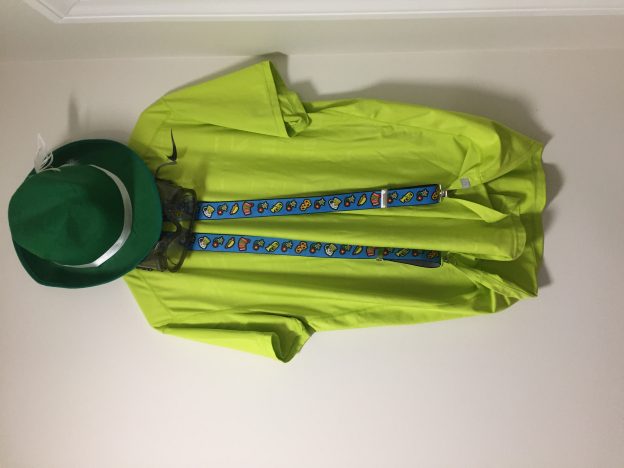Title: Snail-shell Ornaments
General Information about Item:
- Material Lore
- Language: English
- State of Origin: Vermont, USA
- Informant: O.C.
- Date Collected: Nov. 14, 2021
Informant Data:
O.C. is a Dartmouth student in the class of 2024. This informant is unique in that they and their family are Jewish. Part of the family lives in Vermont, while part lives in Paris and all around Europe. O.C. occasionally spends Christmas in Europe, or their European relatives spend Christmas in America. O.C.’s Christmas experience is very much shaped by European practices.
Contextual Data:
Cultural: Decorating a tree is a very common practice in most Christmas traditions, including American traditions. The tree plays a central role in gift-giving traditions because not only are gifts stored under it, but it has the function of being an object that the family gathers around to practice their gift-giving traditions. Ornaments are often spherical and made of a shiny metallic material, or includes glitter. O.C.’s grandparents used to follow different religions, their grandfather was Jewish while their grandmother was Christian. Not wanting to let his wife down on their first Christmas in France, their grandfather collected snail shells as makeshift tree ornaments, so she would have something to decorate the tree with.
Social: This lore was collected in a casual interview. I had informed O.C. that I will collect folklore on Christmas, but little detail beyond that. I recorded this interview. This piece of material folklore is only used during Christmas to decorate the tree, and is symbolic of the diversity of Christmas participants. The creation of these ornaments also has a social function in that the family will remember notably nice shells and discuss them. Children are included in the painting of them and it is a fun activity to bring the family together.
Item:
The item on a larger scale is the use of ornaments to decorate the tree, which is a common practice across America and across the world. O.C.’s family, being Jewish and historically not active participants of Christmas, uses an unusual home-made ornament to decorate the tree: snail shells painted with nail polish. The shells are then put on a string then strung around the tree.
Associated file (a video, audio, or image file):
Transcript:
Paraphrased from audio recording
“We have accumulated many many strings of snail shells painted, now we use nail polish. We go to the supermarket to buy the snail shells. The shells have different dates from when they were painted, some of the strings are gross yard wire and some are nice red ribbon.”
Collector’s Comments:
Since there is a known collector, this may or may not qualify as folklore, however over time as the family passes on this tradition (and the origin story morphs) it will be folklore. Perhaps the origin story may even become a family legend.
Collector’s Name: Julia Cross
Dartmouth College
RUSS13
Fall 2021


